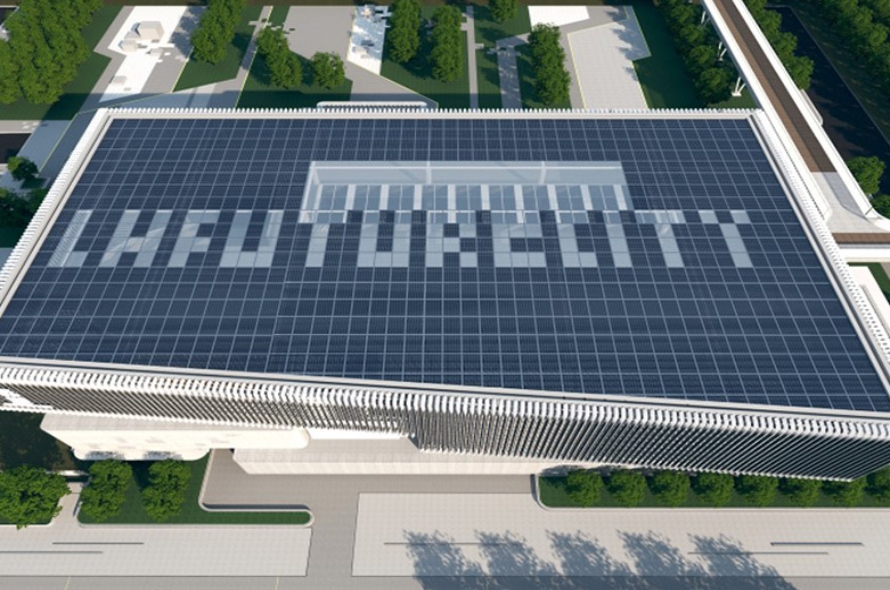Dec. 12, 2024
As the demand for green building materials continues to grow, building-integrated photovoltaics (BIPV) is becoming a game-changer in the field of sustainable construction. BIPV combines functionality and aesthetics, seamlessly integrating photovoltaic systems into building structures, giving buildings a more technological appearance while giving them more functions. But can BIPV really replace traditional building materials? Let's take a deep look at its applications, adaptability, and customization potential.

BIPV can not only generate electricity but can also be used as a functional building material. With the advancement of photovoltaic technology, building integrated PV modules has now reached or even exceeded the durability and performance of traditional materials such as glass, steel, and concrete.
For example, building integrated pv (BIPV) panels used for exterior walls or roofs provide thermal insulation, weather resistance, and UV protection, playing a dual role of structural integrity and power generation. In addition, building integrated pv on the market needs to be certified by IEC, ISO, CE, Safety and Environment, Building Green Materials, etc., and meet the wind resistance, fire resistance, and thermal performance of building standards before they can be used in buildings. This makes BIPV a viable and sustainable alternative for various construction projects.
Residential Buildings: Rooftop systems or solar-integrated glazing can improve energy efficiency and blend well with modern aesthetics.
Commercial and Industrial Structures: Large-scale installations on exterior walls or parking lots can significantly offset energy costs.
Public and Government Buildings: Iconic architectural designs benefit from integrated pv panels integration of sustainability and innovation.
BIPV systems are particularly attractive for projects that require functionality and sustainability, such as green-certified buildings.
One of the most compelling features of BIPV is its adaptability to a variety of architectural elements.
Curtain Walls: BIPV panels can replace traditional glass curtain walls, maintaining transparency and insulation while generating electricity.
Skylights: Transparent or translucent BIPV modules allow natural light to enter the building while generating solar energy.
Sunrooms and Canopies: These structures benefit from BIPV's dual functionality, providing weather protection while generating energy.
Unlike traditional solar panels, building integrated pv systems offer unparalleled design flexibility. Manufacturers can produce modules in custom sizes, shapes, and even colors to meet specific building requirements. This customization allows BIPV to fit seamlessly into any building design, whether it's a sleek modern exterior or a traditional tiled roof.
In addition, innovative manufacturing techniques can create patterned or textured panels that enhance their beauty without compromising efficiency.
With the ability to replace traditional building materials, adapt to a variety of building elements, and offer customization, BIPV is poised to revolutionize the construction industry. Its integration into building design not only helps improve energy efficiency but also aligns with global sustainability goals, making it an essential component of future buildings.
As BIPV adoption continues to increase, architects and developers will find themselves with an unprecedented tool to blend form and function. In a world increasingly focused on sustainability, BIPV represents the perfect marriage of innovation and environmental responsibility.